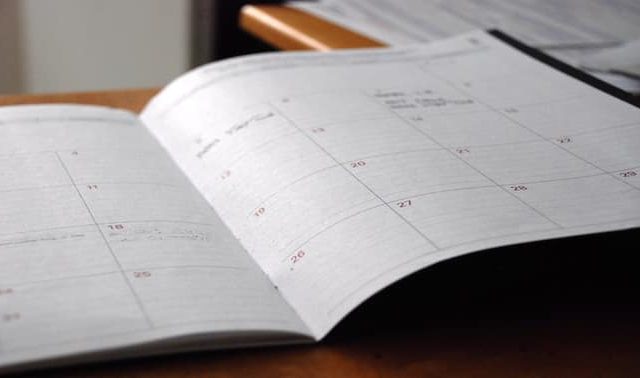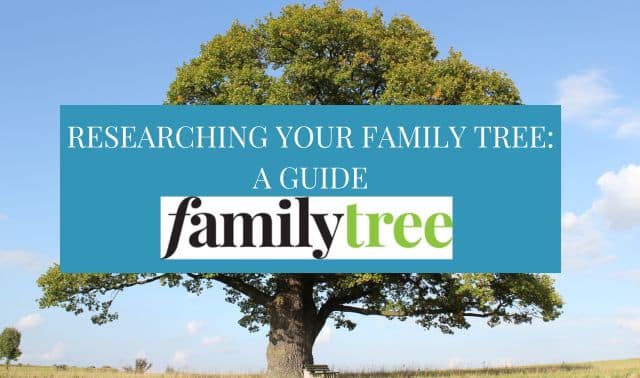Sign up for the Family Tree Newsletter! Plus, you’ll receive our 10 Essential Genealogy Research Forms PDF as a special thank you.
Get Your Free Genealogy Forms
"*" indicates required fields

After many years doing genealogy and working with experts through Family Tree Magazine, I’ve learned a few things.
One of them is that if there’s an afterlife, our ancestors are in it snickering at our puny efforts to uncover their secrets. Another one is that some classic pro genealogy tips apply to just about any genealogy research problem. When you have that realization that “I’ve hit a brick wall” or “I don’t know what to do next,” and you can practically hear your snickering ancestors, try these timeless expert strategies.
1. Define the problem.
Write down the problem or question. For example, “My DNA test shows I’m related to a guy who has a Kolbeck ancestor in Idaho who was born in the same German town as my Kolbecks. But I don’t know how his Kolbecks are related to my Kolbeck third-great-grandmother, or the Kolbeck who married my great-great-grandfather’s sister.” Yes, this is a real-life problem from my research.
2. Review what you know.
Go back over all your research related to the problem you’ve defined. Make sure each record really is for the person you thought, and that your interpretation of what the record says makes sense. This will confirm your findings and refresh your memory. You might find clues you’ve forgotten about or didn’t understand when you first discovered the record.
3. Create a timeline.
As you review your research, create a timeline for the person or family. Each record documents a person in a place and time; your timeline should list the date and the person’s location for each record you’ve found. This is another way to spot mistakes (how can a child be born here when his parents are over there?) and long stretches when your relative is unaccounted for.
4. Research the whole family.
You might hear this called “cluster genealogy” or the “FAN club” approach. (The “FAN Club” is genealogy author Elizabeth Shown Mills‘ term for your ancestor’s friends, associates and neighbors.) Look for records of your ancestor’s siblings, cousins, friends, neighbors, coworkers and others. Our ancestors traveled with, settled near, witnessed records of, married and worked with people they knew. Cluster genealogy records might reveal hidden connections.
Here are a couple of cluster research leads in my research:
- In 1876, the above-mentioned great-great-grandfather’s sister, Theresa Seger, was the baptismal sponsor for the son of Joseph Kolbeck and Josephine Zerhusen. Researching the Zerhusens, I learned that Joseph and Josephine were part of a group of Germans from the Cincinnati area who founded the town of Windthorst, Kansas.

- An 1882 newspaper announcement names the same great-great-grandfather as the administrator for the estate of a Frank Kolbeck. Death records show Frank died of smallpox at age 27. Could he be a cousin?

5. Create a plan.
Instead of searching aimlessly, create a research plan for how you’ll approach this problem. Figure out what you need to know and what records might provide that information. In my Case of the Confusing Kolbecks, I need to find each Kolbeck in the town’s church baptismal records and look for his parents’ names.
Make a list of the records you need and where they’re located (online, at a library, etc.). Check off each record one by one as you consult it.
6. Ask for help.
Whether it’s a person in your genealogical society or a professional, another researcher might notice clues you didn’t and offer new suggestions. You also can search on Facebook for genealogy groups and local societies. For example, I belong to a genealogy group for the area where my Kolbecks came from, so I can ask there for people who’ve researched the same family.
Last updated October 2024.








